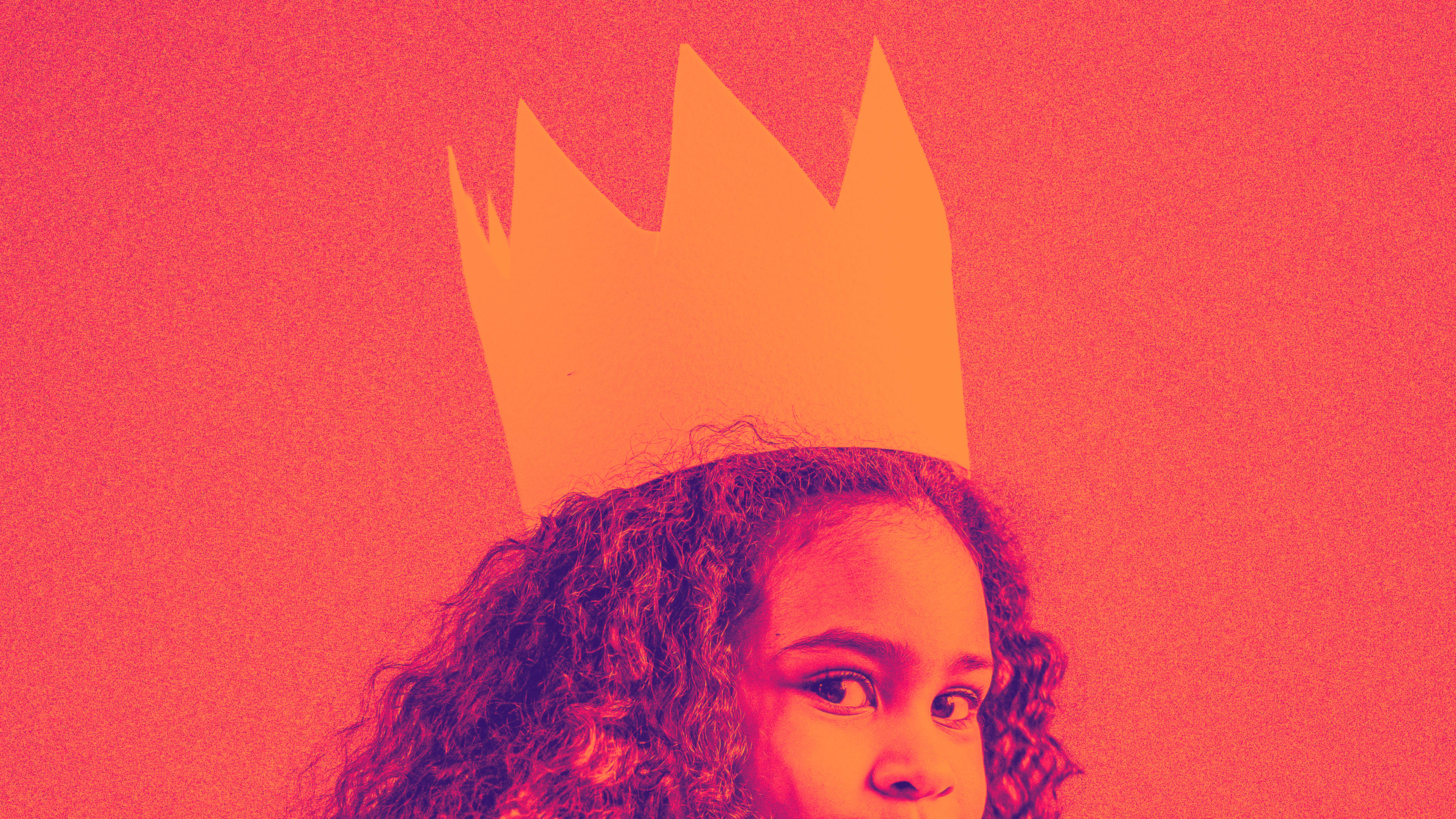Depictions of unrealistic bodies have been a pervasive problem in movies, shows, and the toy industry for many years, so it’s understandable that parents may feel some concern that these images can impact their kids’ mental health. But when it comes to Disney princesses, it seems they can breathe a sigh of relief.
That’s according to a new study from the University of California, Davis, which shows that Disney princesses can actually be good for kids’ self-image.
As parents noted that their biggest concern about Disney princesses is the impact on kids’ body esteem, researchers set out to find answers. They studied 340 children and their caregivers from 2020 until 2021, checking in when the kids were 3 years old, and again one year later to see if the kids demonstrated any noticeable changes in the area of concern.
They determined body esteem by asking caregivers how much their children liked or felt good about their bodies. Meanwhile, they categorized Disney princesses into three body types: thin, average, and above average/heavy. Jasmine from Aladdin was their example of a thin size, and Moana was the example of an average size.
For the kids in the study, the most popular princesses were Elsa, from Frozen; Moana; and Anna, also from Frozen. And the researchers found that each princess’ size had an impact on how the kids who loved them felt about their own bodies. They also found that kids who loved princesses that were classified as having average body sizes, like Moana, were more likely to have higher body esteem.
The researchers say that these effects are driven by how often the kids pretend to be princesses when they’re playing. Notably, they also found that kids who loved average-size princesses were more physically active; one researcher noted that this could be because average-size princesses tend to have more physically active storylines in their films.
Meanwhile, the kids who had favorite princesses that were categorized as thin did not experience positive changes in body image—but, they also did not experience any negative changes. And because average-size princesses had a positive effect on the kids who loved them, the impact of Disney princesses came out to a net benefit: Playing with the average-size princesses actually strengthened kids’ confidence in their own bodies.
Recognize your brand’s excellence by applying to this year’s Brands That Matter Awards before the final deadline, June 7.
Sign up for Brands That Matter notifications here.
